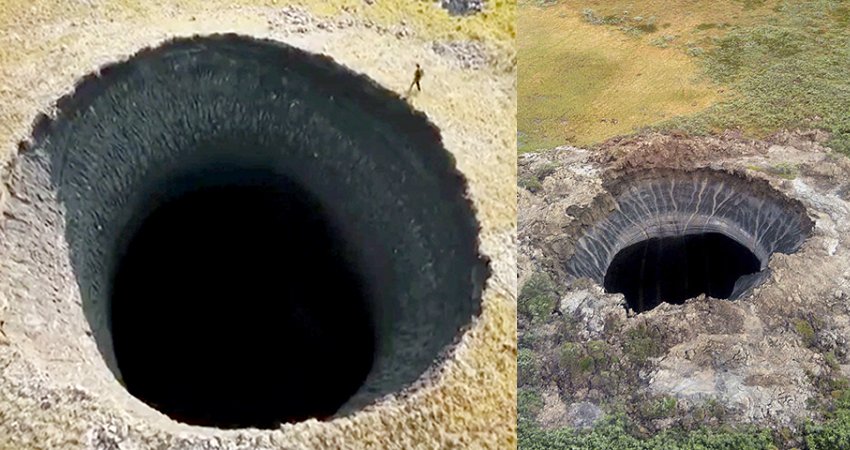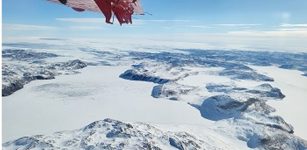Previously Undetected Huge Subglacial Valleys And Mountains Discovered Near Antarctica’s South Pole
MessageToEagle.com – Researchers have discovered mountain ranges and three huge, deep subglacial valleys from data collected during the first modern aerogeophysical survey of the South Pole region.
The findings are the result of an analysed airborne radar data gathered by European Space Agency PolarGAP project.
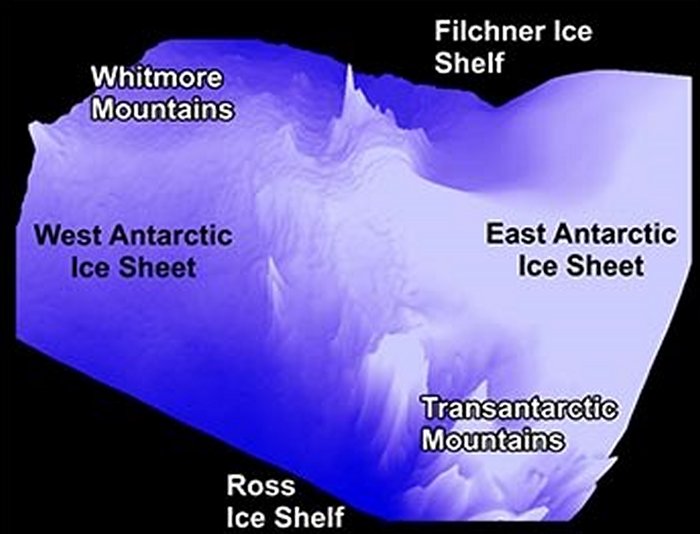
The largest valley, known as the Foundation Trough, is more than 350km long and 35km wide. Its length is equivalent to the distance from London to Manchester, while its width amounts to more than one and a half times the length of New York’s Manhattan Island.
The two other troughs are equally vast. The Patuxent Trough is more than 300km long and over 15km wide, while the Offset Rift Basin is 150km long and 30km wide.
Although there are extensive satellite data that help image the surface of the Earth and its deep interior, there was a gap around the South Pole area, which is not covered by satellites due the inclination of their orbits.
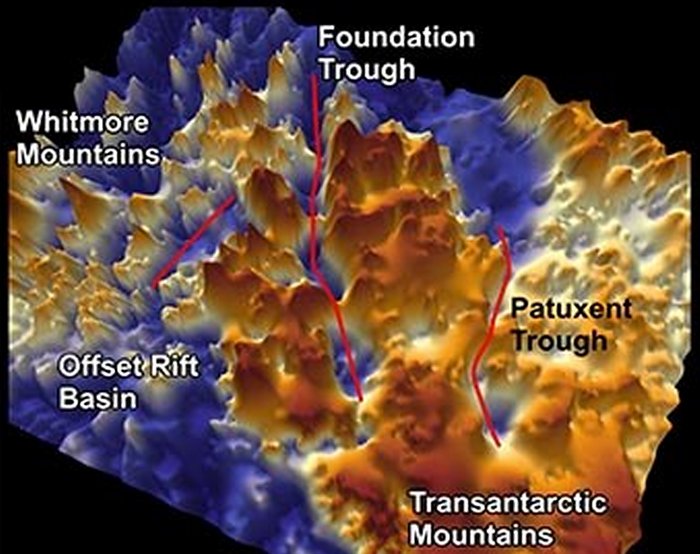
The PolarGAP project was therefore designed to fill in the gap in the satellite data coverage of the South Pole and in particular acquire the missing gravity data.
“As there were gaps in satellite data around the South Pole, no one knew exactly what was there, so we are delighted to be able to release the very first findings to emerge from the PolarGAP project,” lead author, Dr Kate Winter, a Vice-Chancellor’s Research Fellow in Northumbria University’s Department of Geography and Environmental Sciences, explained.
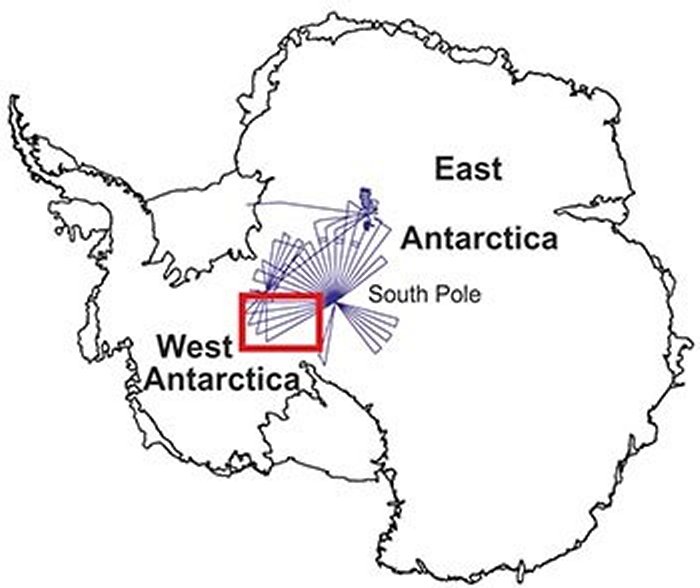
“We now understand that the mountainous region is preventing ice from East Antarctica flowing through West Antarctica to the coast. In addition we have also discovered three subglacial valleys in West Antarctica which could be important in the future.
“If the ice sheet thins or retreats, these topographically-controlled corridors could facilitate enhanced flow of ice further inland, and could lead to the West Antarctic ice divide moving. This would, in turn, increase the speed and rate at which ice flows out from the centre of Antarctica to its edges, leading to an increase in global sea levels.”
In the project worked several team of researchers Newcastle University, British Antarctic Survey, the Technical University of Denmark, the Norwegian Polar Institute and the European Space Agency worked in the project.
MessageToEagle


